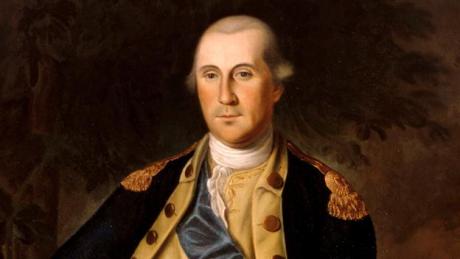The Revolutionary Republic
4 July 2016
Monday
The title of this post, “The Revolutionary Republic,” I have taken over from Ned Blackhawk from his lectures A History of Native America. No doubt others have used the phrase “revolutionary republic” earlier, but Blackhawk’s lectures were the context in which the idea of a revolutionary republic really struck me. Blackhawk contextualized the American revolution among other revolutionary republics, specifically the subsequent revolutions in France and Haiti. In his book, Violence over the Land: Indians and Empires in the Early American West, Blackhawk has this to say about the Haitian Revolution:
“…in the late eighteenth and early nineteenth centuries, contests among New France, New Spain, British North America, and the United States redrew the imperial boundaries of North America in nearly every generation. In 1763, French Louisiana, for example, became part of New Spain. Reverting to France in 1801, it was sold to the United States for a song in 1803 after Haiti’s bloody revolution doomed Napoleon’s ambition to rebuild France’s once expansive American empire.”
Ned Blackhawk, Violence over the Land: Indians and Empires in the Early American West, Cambridge and London: Harvard University Press, 2008, p. 150
The backdrop of the geopolitical contest that Blackhawk mentions — the “Great Game” of the Enlightenment, as it were — was the Seven Years’ War (what we in the US sometimes call “The French and Indian War,” though this term can be reserved to refer exclusively to the North American theater of the Seven Years’ War), in which future first President of the United States, George Washington, fought as a major in the militia of the British Province of Virginia. The Seven Years’ War is sometimes called the first global war, as it was fought between a British-led coalition and a French-led coalition across the known world at the time.
The Seven Years’ War was the final culmination of imperial conflict between France and the British Empire, and the defeat of the French ultimately led to the triumph of the British Empire and its worldwide extent and command of the seas in the nineteenth century. As an interesting counterfactual, we might consider a world in which the British has triumphed earlier over the French, and had established unquestioned supremacy by the time of the American Revolution. Under these changed circumstances, it would have been even more difficult than it was for the American colonists to defeat the British in the Revolutionary War, and as it was, it was a close-run thing. The colonial forces only won because they fought an ongoing guerrilla campaign against a distant power, which had to project force across the Atlantic Ocean in order to engage with the colonials.
Even at the disadvantage of having to send its soldiers overseas, the British won most of the battles of the Revolutionary War, and the colonials triumphed in the end because they wore down British willingness to invest blood and treasure in their erstwhile colony. When the colonials did win a battle, the Battle of Saratoga, the British made a political decision to cut their losses and focus on other lands of their global empire. From the British perspective, the loss of their American colonies was the price to be paid for empire — an empire must choose its battles, and not allow itself to get tied down in a quagmire among hostile natives — and it was the right decision at the time, as the British Empire was to continue to expand for another hundred years or more. With the French out of the way (defeated by the British in the Seven Years’ War, and then further crippled by the Haitian Revolution, as Blackhawk pointed out), and the American colonies abandoned, the British could move on to the real prizes: China and india.
The Seven Years’ War was the “big picture” geopolitical context of the American Revolution, and the American Revolution itself triggered the next “big picture” political context for what was to follow, which was the existence of revolutionary republics, and panic on the part of the ruling class of Europe that the revolutionary fervor would spread among their own peoples in a kind of revolutionary contagion. One cannot overemphasize the impact of the revolutionary spirit, which struck visceral fear into the hearts of Enlightenment-era constitutional monarchs much as the revolutionary spirit of communism struck fear into the hearts of enlightened democratic leaders a hundred years later. The revolutionary spirit of one generation became the reactionary spirit of the next generation. Applying this geopolitical rule of thumb to our own age, we would expect that the last revolutionary spirit became reactionary (as certainly did happen with communism), while the revolutionary spirit of the present will challenge the last revolutionary regimes in a de facto generational conflict (and this didn’t exactly happen).
The political principles of the revolutionary republics of the Enlightenment came to represent the next great political paradigm, which is today the unquestioned legitimacy of popular sovereignty. All the royal houses that were spooked by the revolutions in the British colonies, France, and Haiti were eventually either themselves deposed or eased into a graceful retirement as powerless constitutional monarchs. So they were right to be spooked, but the mechanisms by which their countries were transformed into democratic republics were many and various, so it was not revolution per se that these regimes needed to fear, but the implacable progress of an idea whose time had come.
. . . . .
Happy 4th of July!
. . . . .
. . . . .
. . . . .
. . . . .





